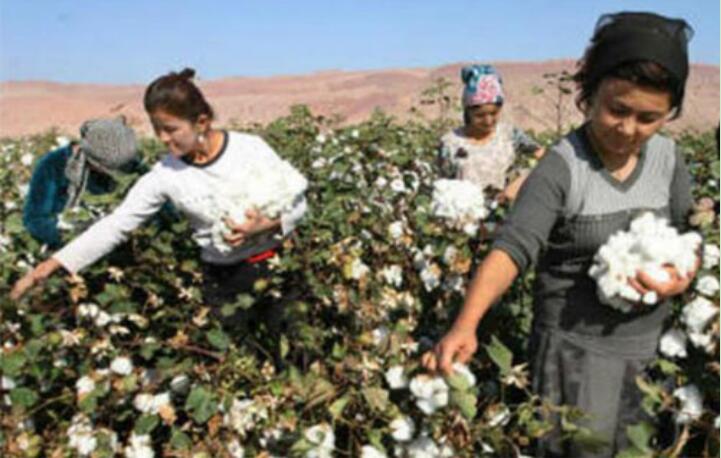Forecast and prospect of new cotton in Xinjiang in 2019/2020
Oct 23, 2019 | by CT
According to the survey and statistics, cotton planting area in Xinjiang has increased slightly this year. The cost of cotton planting around Tiemenguan is expected to be the same as last year. The cost of cotton harvesting by rental machine is about 1,700 – 1,800 yuan/mu. Hand picking cotton because of the high cost of picking up workers, resulting in high cost. The cost of cotton picking in Hutubi County increases year by year. According to the estimate of the head of a large cotton enterprise, the disaster area accounts for about 10% of the cotton planting area in Xinjiang, mainly concentrated in Kuitun, Shihezi and Aksu areas in Xinjiang.

In the seed cotton market, the forecast of seed cotton prices for the new year is also the focus of this survey. For the ginning mills, the current cotton price is low, and it can barely earn a profit according to the price of 5 yuan/kg or less, so it is generally expected to be less than 5 yuan/kg. For cotton farmers who are renting land, the planting and harvesting cost of 1,700 – 2,200 yuan/mu combined with the average yield of about 400 kg/mu, the cost per kilogram of seed cotton is roughly 4.25 - 5.5 yuan/kg, if not considered subsidy policy, the profits of cotton farmers are compressed and even at a loss.
In recent years, Xinjiang cotton textile mills, encouraged by the subsidy policy, are generally new and equipped with advanced equipment. A survey in North Xinjiang found that the visited spinning mills are in a semi-start state. This also confirms the fact that the current textile industry is declining. Even with certain policy subsidies and support, Xinjiang textile industry can hardly stand alone.
Cotton supply in Xinjiang in the future
Because of the shortage of land and water resources, the cost of land transfer and water and electricity will continue to rise in the future, and the cost of cotton planting will continue to increase in Xinjiang. At present, northern Xinjiang has fully realized mechanization, while southern Xinjiang still has 40 - 50% of the harvest has not been mechanized, there is room to improve the degree of mechanization and reduce labor costs. In addition, if the quality of seeds and the level of field management continue to improve, there is still the possibility of a substantial increase in yield per unit, and the cost per unit output will be reduced. However, in the context of the macroeconomic downturn, it is difficult to boost cotton prices, and the reduction of cotton planting income will become the norm in the past one or two years.
As a strategic material, cotton supply is protected by the state to a certain extent. The direct subsidy policy will directly guarantee the cotton farmers’ planting income. This year is the last year of the target price subsidy of 18,600 yuan/ton cotton. The future direct subsidy policy or other policies deserve market attention and will also affect the cotton farmers’ planting willingness.
In addition, the comparative benefits of other crops also determine the willingness of cotton farmers to change. As a heat-loving plant, cotton has strong adaptability and is suitable for planting in Xinjiang. Therefore, Xinjiang farmers themselves have a preference for cotton planting. However, wheat is also resilient and suitable in price, so there is the possibility of substitution.
The ginning mills are the most direct supplier of lint, the cost and trade flow of lint are determined by its purchase, production and sale. At present, the whole ginning mill in Xinjiang is in a state of overcapacity, but the number of ginning mills in some areas is small and seed cotton resources are abundant. With the restructuring of the Corps, some ginning mills are leased by private companies. The average rental cost is 750 yuan/ton, which additionally increases the cost of lint.
In addition, the survey objects of the North Xinjiang ginning mills also indicated that the sales of the South Xinjiang ginning mills last year were slow and the losses were serious. It is expected that the market will still be poor this year. It may be inclined to speed up the sales through spot or futures channels after processing, return funds as soon as possible, and reduce the cost of funds and warehousing. It is expected that after the listing of new cotton, if there is no policy of purchasing and supporting the market, the supply pressure will be too large.


